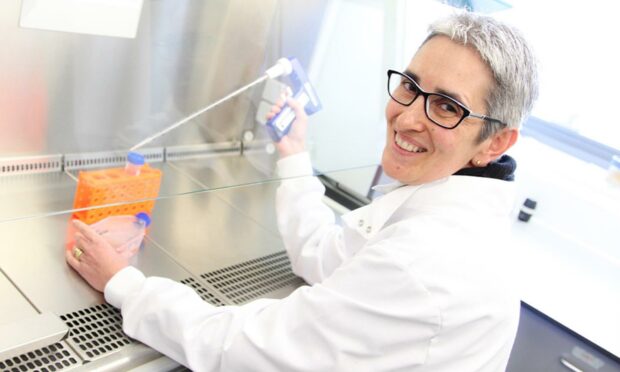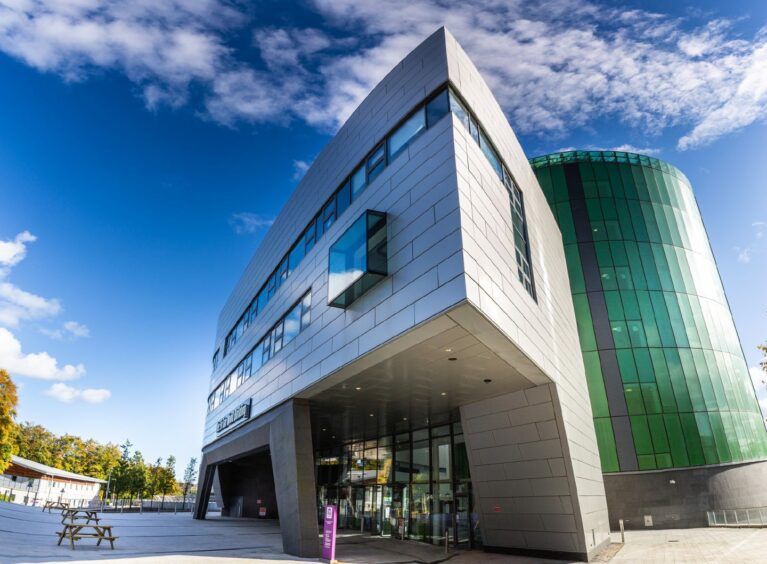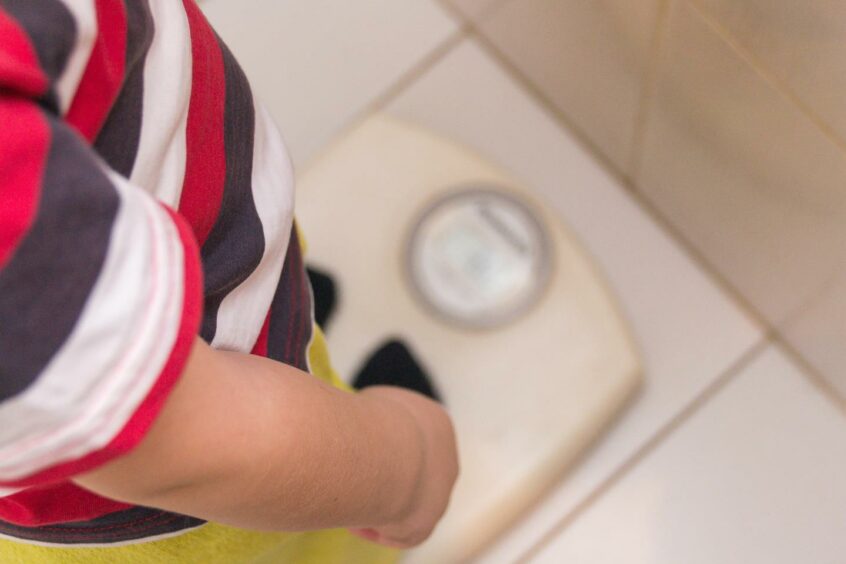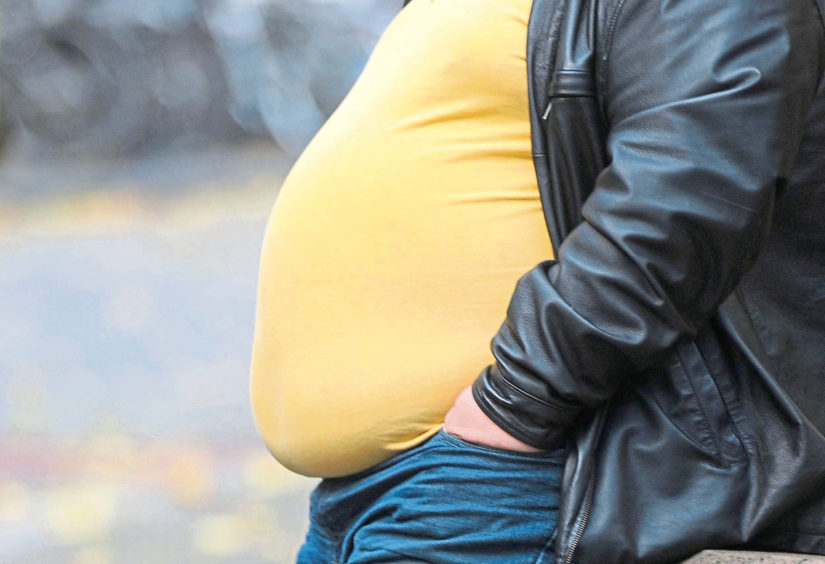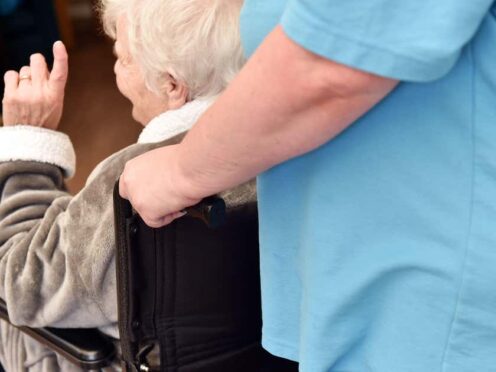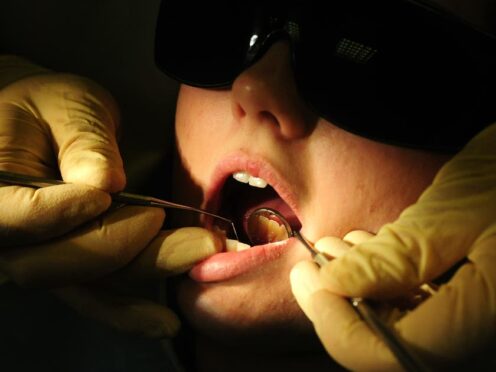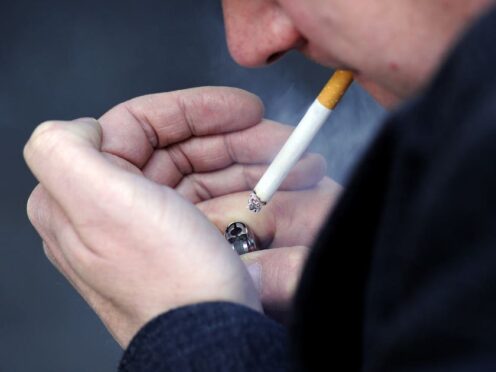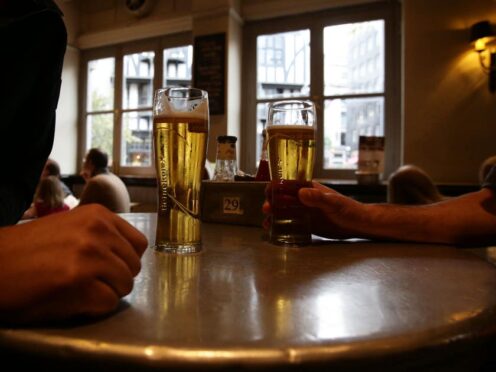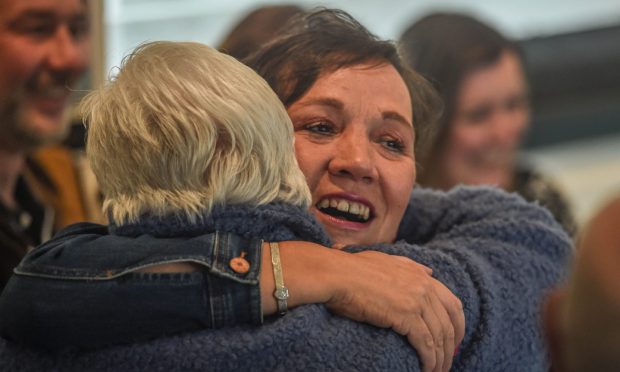Robert Gordon University’s professor of nutrition Giovanna Bermano has said we should “act now” when tackling excess weight – which is one of the risk factors for Covid-19.
Excess body weight has long been one of the leading causes of poor health in Scotland.
It is known to increase the risk of a range of chronic diseases, including type-2 diabetes, several types of cancer, liver and cardiovascular diseases.
New evidence from studies in the UK and worldwide also suggests that obesity may be a risk factor for severe outcomes and complications of Covid-19.
Excess weight can impact and reduce how your lungs work
More than three in five adults, 63% of the adult population, are at an increased risk from becoming seriously ill with Covid-19 as a result of being overweight.
It is not yet clear why there is a link between Covid-19 and obesity, however, increased susceptibility to respiratory problems, inflammation and immunological disturbances may be contributing factors.
The amount of adipose tissue, commonly known as body fat, and its location in the body also provides some explanation for the role of obesity and its interaction with Covid-19.
Studies suggest adipose tissue contain high levels of ACE-2, an enzyme which the virus latches onto to gain access to cells, which might make adipose tissue more susceptible to infection.
In addition, fat deposition around the upper airway and a heavier thorax (the chest) can directly impact and reduce lung function.
This, along with the effects of the virus, may affect circulating levels of oxygen.
‘Tackling obesity is not impossible’
With 66% of Scottish adults aged 16 and over being overweight and obesity affecting more than a quarter of all adults, there is a need to drive action and to scale up national policymaking efforts.
We need to create healthy environments and support healthy systems which incorporate the needs of people with obesity in existing systems and as part of future pandemic preparedness.
The National Obesity Awareness Week provides a starting point by raising awareness of the issues caused by obesity and a call to action – let’s make obesity a thing of the past, not a prediction for the future.
Tackling obesity is not impossible.
Popular narratives about its causes and nature are often misleading by suggesting that obesity is a matter of individual responsibility.
Promoting healthy lifestyles are essential
Obesity is a complex chronic disease strongly influenced by systemic societal and environmental injustice and inequity, affecting people of all ages and socio-economic backgrounds.
The promotion of healthy diets and physical activity is essential for the prevention and management of obesity and to ensure the future health of individuals, health systems and economies.
Today, we live in an obesogenic environment characterised by low availability, accessibility, and affordability to healthy foods.
We also sustain an aggressive marketing of unhealthy food and increasingly large portion sizes, leading to unhealthy consumption habits.
At the same time, the environment we live in is not conducive to people being active as part of everyday life – urban design encourages a lack of cycle paths for non-motorised traffic and insufficient green space and active recreation.
Make unhealthier options more difficult to access
As excess weight may be one of the few modifiable risk factors for Covid-19, we must act now.
Multiple actions are required to prevent weight gain and offer treatment support to those currently living with overweight or obesity to reduce future population risk of contracting the virus.
These actions need to change the environment we live in by finally making healthier options the easier option, and unhealthier ones more difficult.
Tackling obesity should be at the forefront of governments, health departments and individuals actions all year and not just part of New Year resolutions when we are more open to making healthy changes.
The Covid-19 pandemic has highlighted the need for change all year round.
More health news…
Long Covid: What are the main symptoms, and who is affected?
100 Years of Insulin: How the diabetes diet has changed over the years
Opinion: RGU lecturers ask ‘How do we end mental health stigma?’
